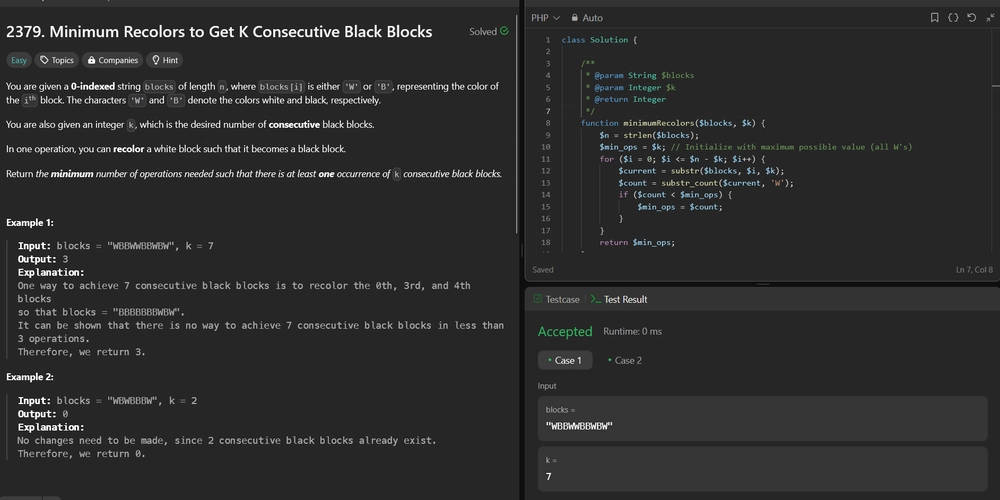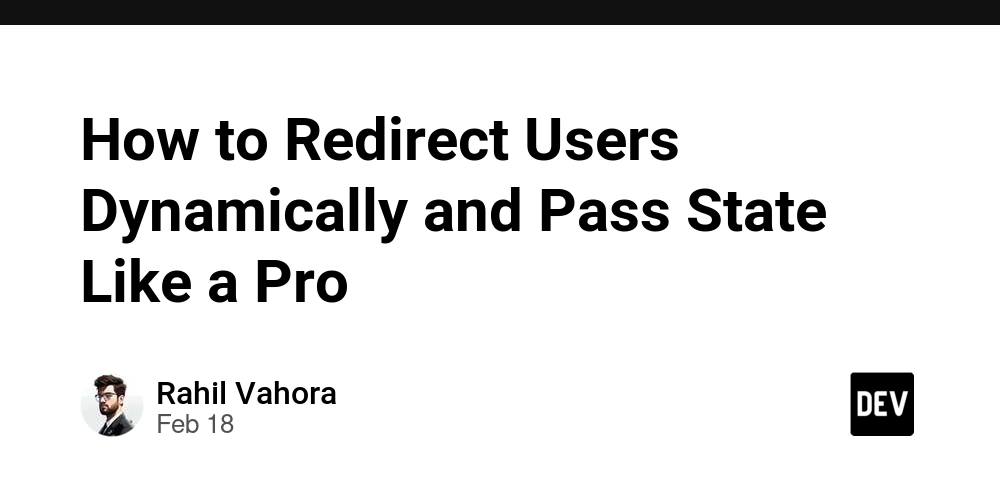Navigating PostgreSQL - Views
Views are virtual tables based on the result set of a SQL statement. Think of them as stored queries that can be treated as if they were tables. When you access a view, PostgreSQL runs the underlying query and presents the results. Key Features Abstraction: Views hide query complexity from end users Security: Control access to sensitive data by exposing only specific columns/rows Data Independence: Changes to underlying tables don't affect applications using views Query Reusability: Complex queries can be saved and reused easily Types of Views 1. Standard Views Virtual tables that run their query each time they're accessed Always show current data No additional storage required Ideal for frequently changing data 2. Materialized Views Store the result set physically Must be refreshed to see updated data Excellent for complex queries with infrequently changing data Improve query performance for expensive computations Example CREATE VIEW product_level_sales_of_top_regions AS WITH regional_sales AS ( SELECT region, SUM(amount) AS total_sales FROM orders GROUP BY region ), top_regions AS ( SELECT region, total_sales FROM regional_sales WHERE total_sales > 10000 ORDER BY total_sales desc LIMIT 10 ), prodcut_wise_data as ( SELECT o.region, o.product_id, SUM(o.qty) AS product_units, SUM(o.amount) AS product_sales FROM orders o JOIN top_regions tr on tr.region=o.region GROUP BY o.region, o.product_id ) select * from prodcut_wise_data ; SELECT * FROM product_level_sales_of_top_regions; Notice how the view: Simplifies complex queries by presenting them as tables Provides a way to reuse complex queries Allows for data masking and security by exposing only specific columns/rows Best Practices 1. Naming Conventions Use clear, descriptive names Consider prefixing views (e.g., v_active_customers or suffixing with _view) Document the view's purpose 2. Performance Considerations Use materialized views for compute-intensive queries Index materialized views when appropriate Be cautious with view chaining (views referencing other views) 3. Security Grant minimum necessary permissions Use views to implement row-level security Consider using views for data masking References PostgreSQL Views PostgreSQL Materialized Views What is Incremental View Maintenance (IVM)? Neon: PostgreSQL Views Next Steps In the next parts, we will explore the different types of scans and join strategies in PostgreSQL. Originally published at https://www.adiagr.com
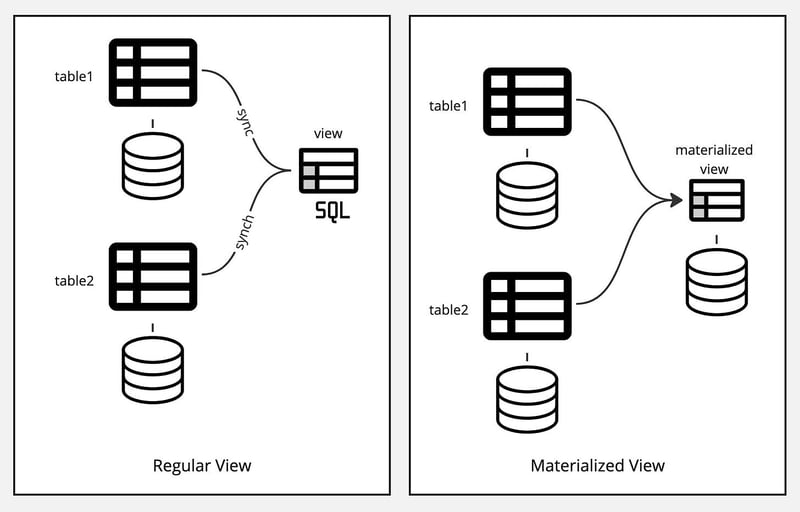
Views are virtual tables based on the result set of a SQL statement. Think of them as stored queries that can be treated as if they were tables. When you access a view, PostgreSQL runs the underlying query and presents the results.
Key Features
- Abstraction: Views hide query complexity from end users
- Security: Control access to sensitive data by exposing only specific columns/rows
- Data Independence: Changes to underlying tables don't affect applications using views
- Query Reusability: Complex queries can be saved and reused easily
Types of Views
1. Standard Views
- Virtual tables that run their query each time they're accessed
- Always show current data
- No additional storage required
- Ideal for frequently changing data
2. Materialized Views
- Store the result set physically
- Must be refreshed to see updated data
- Excellent for complex queries with infrequently changing data
- Improve query performance for expensive computations
Example
CREATE VIEW product_level_sales_of_top_regions AS
WITH regional_sales AS (
SELECT
region,
SUM(amount) AS total_sales
FROM
orders
GROUP BY
region
),
top_regions AS (
SELECT
region,
total_sales
FROM
regional_sales
WHERE
total_sales > 10000
ORDER BY
total_sales desc
LIMIT
10
), prodcut_wise_data as (
SELECT
o.region,
o.product_id,
SUM(o.qty) AS product_units,
SUM(o.amount) AS product_sales
FROM
orders o
JOIN
top_regions tr on tr.region=o.region
GROUP BY
o.region,
o.product_id
)
select
*
from
prodcut_wise_data
;
SELECT * FROM product_level_sales_of_top_regions;
Notice how the view:
- Simplifies complex queries by presenting them as tables
- Provides a way to reuse complex queries
- Allows for data masking and security by exposing only specific columns/rows
Best Practices
1. Naming Conventions
- Use clear, descriptive names
- Consider prefixing views (e.g., v_active_customers or suffixing with _view)
- Document the view's purpose
2. Performance Considerations
- Use materialized views for compute-intensive queries
- Index materialized views when appropriate
- Be cautious with view chaining (views referencing other views)
3. Security
- Grant minimum necessary permissions
- Use views to implement row-level security
- Consider using views for data masking
References
- PostgreSQL Views
- PostgreSQL Materialized Views
- What is Incremental View Maintenance (IVM)?
- Neon: PostgreSQL Views
Next Steps
In the next parts, we will explore the different types of scans and join strategies in PostgreSQL.
Originally published at https://www.adiagr.com








































































































































































![[The AI Show Episode 143]: ChatGPT Revenue Surge, New AGI Timelines, Amazon’s AI Agent, Claude for Education, Model Context Protocol & LLMs Pass the Turing Test](https://www.marketingaiinstitute.com/hubfs/ep%20143%20cover.png)

















































































































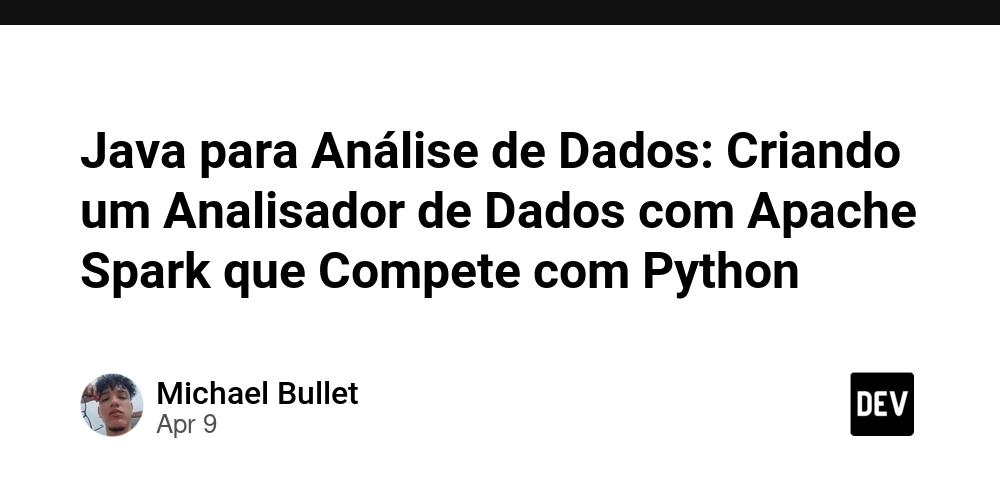

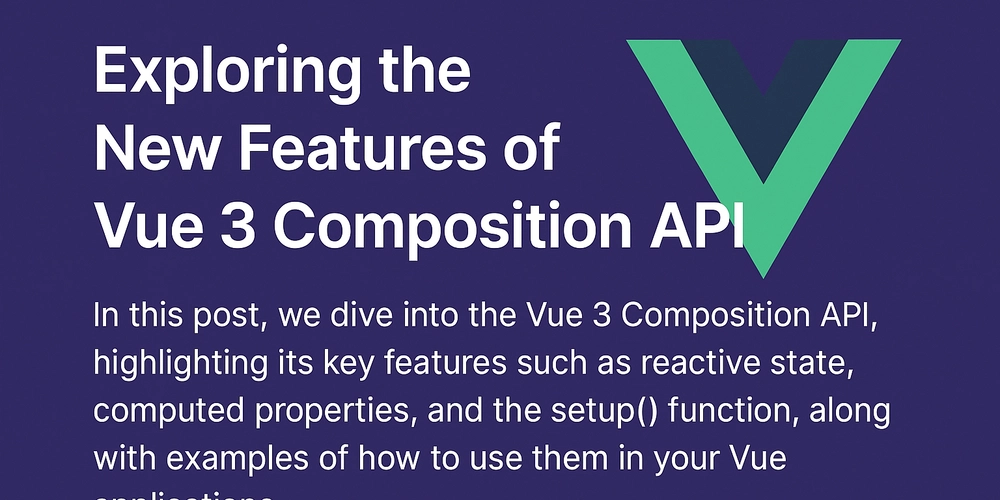
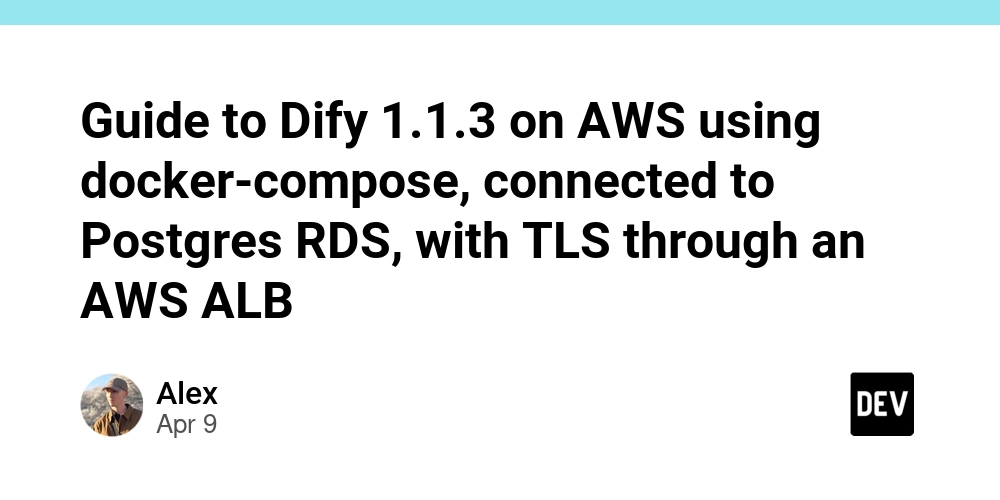













![From drop-out to software architect with Jason Lengstorf [Podcast #167]](https://cdn.hashnode.com/res/hashnode/image/upload/v1743796461357/f3d19cd7-e6f5-4d7c-8bfc-eb974bc8da68.png?#)








































































































.jpg?#)































_ArtemisDiana_Alamy.jpg?#)


 (1).webp?#)






































































-xl.jpg)












![Yes, the Gemini icon is now bigger and brighter on Android [U]](https://i0.wp.com/9to5google.com/wp-content/uploads/sites/4/2025/02/Gemini-on-Galaxy-S25.jpg?resize=1200%2C628&quality=82&strip=all&ssl=1)










![Apple Rushes Five Planes of iPhones to US Ahead of New Tariffs [Report]](https://www.iclarified.com/images/news/96967/96967/96967-640.jpg)
![Apple Vision Pro 2 Allegedly in Production Ahead of 2025 Launch [Rumor]](https://www.iclarified.com/images/news/96965/96965/96965-640.jpg)




































































































































